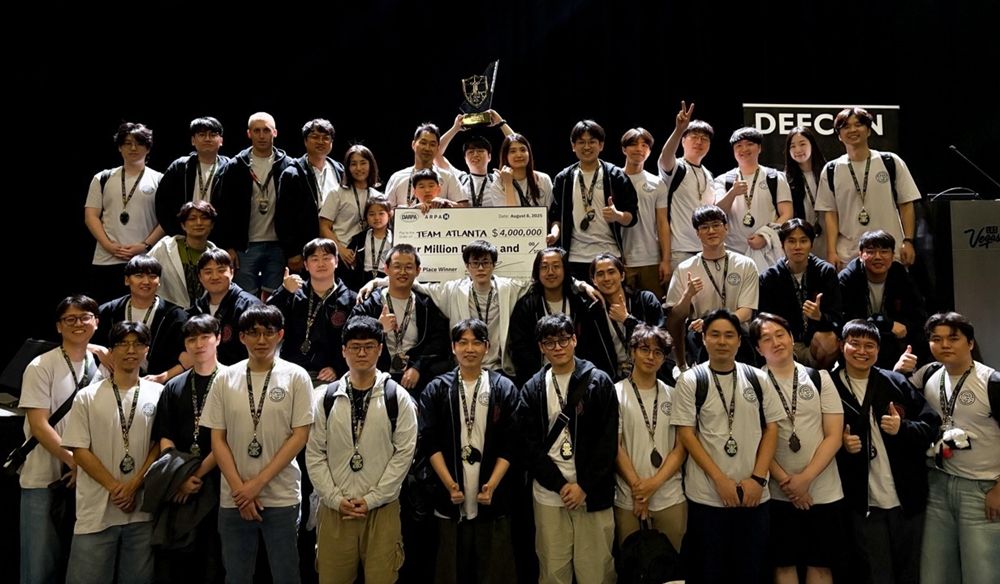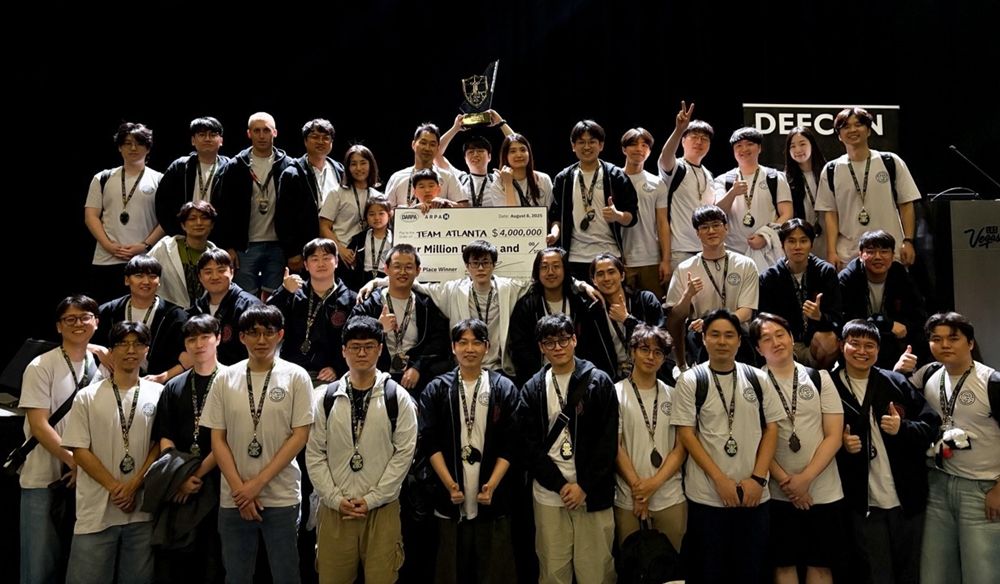Ambarella's stock rocketed 20% higher Friday after the edge AI chip designer crushed second-quarter expectations and dramatically raised its full-year guidance, signaling that the artificial intelligence boom is spreading beyond cloud computing into specialized edge applications. The company's revenue beat and optimistic outlook underscore how AI demand is creating new winners across the semiconductor landscape.
The edge AI revolution just claimed another semiconductor winner. Ambarella's explosive 20% stock surge Friday signals that artificial intelligence demand is creating opportunities far beyond the data center chip wars dominated by Nvidia and AMD.
Ambarella delivered a stunning earnings beat, reporting 15 cents per adjusted share versus the 5 cents analysts expected, while revenue hit $96 million against $90 million estimates. But it's the company's forward-looking guidance that has investors buzzing — third-quarter revenue projections of $100-108 million crush the $91 million consensus.
The Santa Clara-based company raised its full-year revenue growth outlook to a blistering 31-35%, targeting $379 million at the midpoint. That's a whopping $29 million above Wall Street's $350 million estimate, according to LSEG data.
"After a multi-year period of significant edge AI R&D investment, our broad product portfolio enable us to address a rising breadth of edge AI applications," CEO Fermi Wang told analysts during Thursday's earnings call. His confidence reflects a fundamental shift in how AI processing is deployed — moving from centralized cloud computing to distributed edge devices.
Wang specifically highlighted three growth drivers: portable video applications, robotic aerial drones, and edge infrastructure. This triumvirate represents the next phase of AI adoption, where intelligence moves closer to where data is generated rather than being processed in distant data centers.
The edge computing model offers compelling advantages — lower latency, reduced bandwidth costs, and enhanced privacy by keeping sensitive data local. For Ambarella's specialized system-on-chip semiconductors, this translates to a massive addressable market as everything from security cameras to autonomous vehicles requires on-device AI processing.
Despite the revenue surge, Ambarella still posted a net loss of $20 million, or 47 cents per share, in the second quarter. However, this represents significant improvement from the year-ago period's $35 million loss and 85 cents per share deficit. The company attributed ongoing losses to stock-based compensation and acquisition-related amortization costs — typical expenses for a growth-stage semiconductor company investing heavily in R&D.












